The Mysterious Pilgrim of Santiago
Friday, October 31, 2025
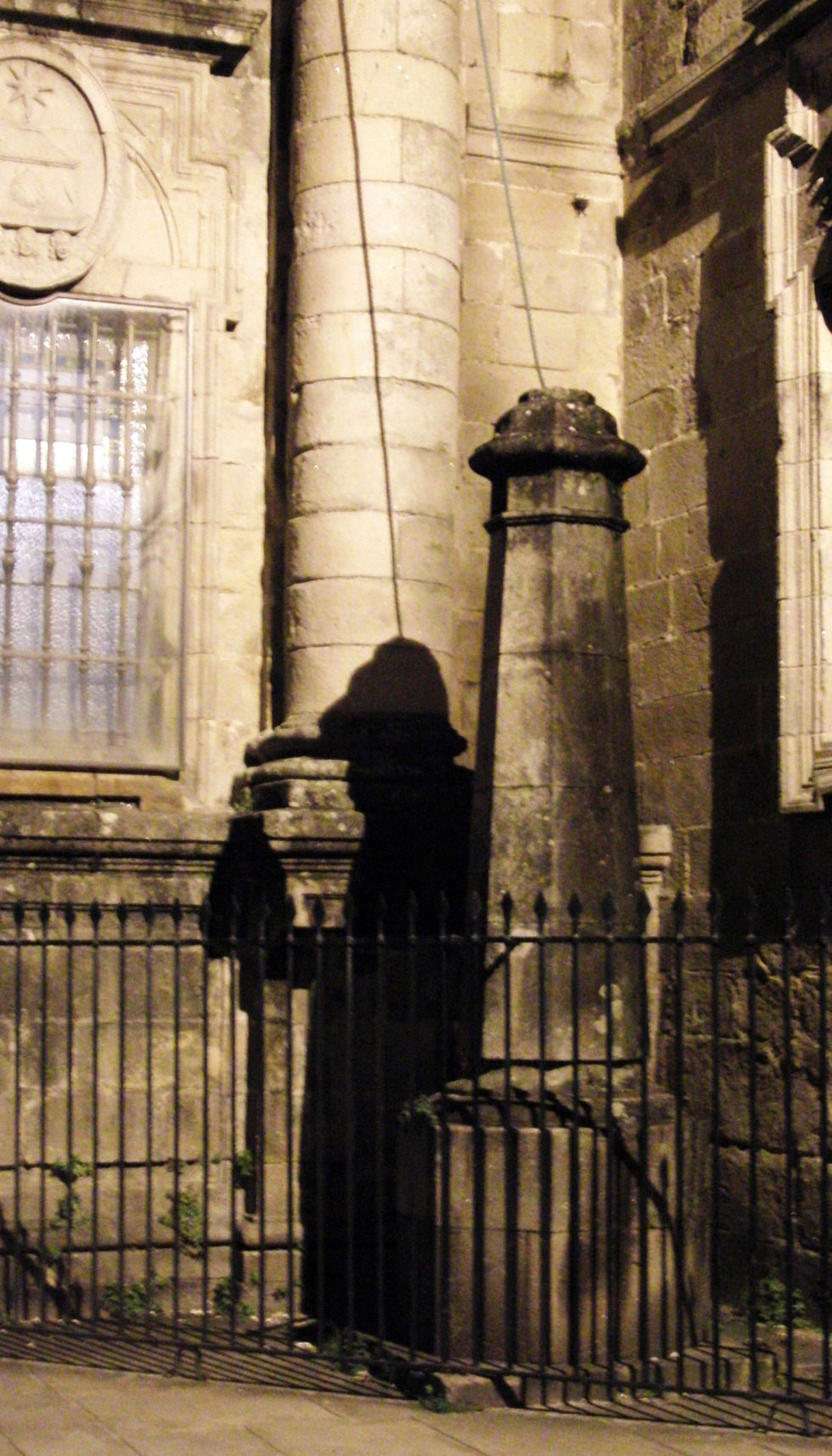 Every night in a corner under the baroque clock tower in the Plaza de la Quintana, a hunched pilgrim appears. He stands life-sized and wears the traditional garb of the religious pilgrim: cloak, broad-brimmed hat, and a staff top-heavy with a gourd for water and the traditional scallop shell, which is the symbol of the pilgrim. Every night in a corner under the baroque clock tower in the Plaza de la Quintana, a hunched pilgrim appears. He stands life-sized and wears the traditional garb of the religious pilgrim: cloak, broad-brimmed hat, and a staff top-heavy with a gourd for water and the traditional scallop shell, which is the symbol of the pilgrim.
Upon closer inspection, the pilgrim is a trick of the light - and an unintentional one. His body is the shadow cast by the lightning rod pillar in the corner, and his staff is the shadow of the support column of the Berenguela clock tower. There are dozens of these lighting rods and hundreds of vertical supports in the cathedral exterior, but only one pilgrim.
According to local legend, the pilgrim is a local priest, who had fallen in love with a nun of the convent of San Paio, across the plaza. They met every night secretly, travelling through a secret passage under the Quintana stairs that join the convent to the cathedral. The two lovers planned to elope, and he promised to meet her in the plaza dressed as a pilgrim to conceal his identity. On the appointed evening, he waited in the shadows, but she never came. Since then, every night he returns, hoping to see her.
Dressing as a pilgrim is a good disguise in a city that has historically been flooded with them. Pilgrims have been coming to Santiago de Compostela for more than a thousand years, walking the miles from France through the well-worn route of the Camino de Santiago. They came to receive the blessings and forgiveness of sins from the body of the Apostle James, purportedly buried in the cathedral.
The story of the discovery of the bones of St. James (Sant-Iago) has the flavour of medieval fervor: In the year 813, when most of Spain was under Islamic rule, a hermit, guided by heavenly light (the Campus Stellae, or field of stars in the city name), discovered the previously unknown tomb of the apostle, somewhat improbably in far Northern Spain. The bishop at the time determined that the bones had arrived in 44 AD by an unmanned, rudderless boat following the decapitation of James in Palestine. A shrine, and then a church, and finally a cathedral was built over the site of the discovery, and the pilgrimages began.
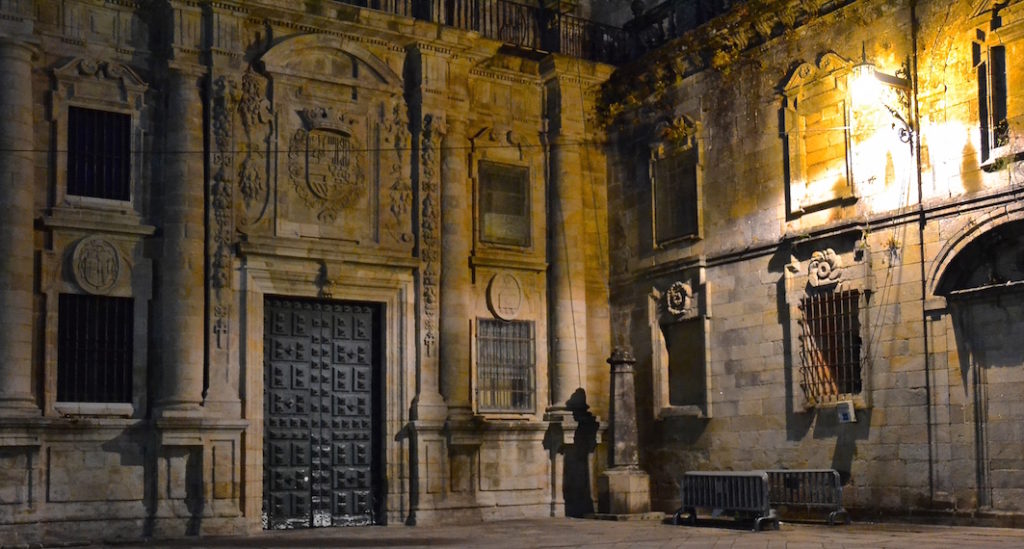
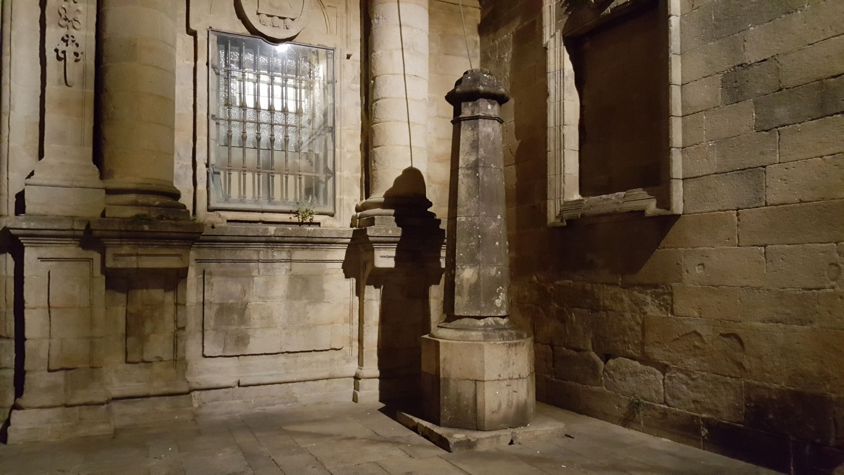
If in Santiago de Compostela.....Walking from the north-east corner of the cathedral complex through the Plaza de la Quintana, towards the front of the cathedral, walk down the first set of stairs into the large plaza area. Look for the deep corner between the base of the clock tower and the Royal Door. The pilgrim is behind the lightning pillar as you can see in the photo.
 4
Like
Published at 9:54 PM Comments (0)
4
Like
Published at 9:54 PM Comments (0)
Valencia: The Spanish City Named Best in the World for Retirement
Saturday, October 11, 2025
As the concept of retirement shifts from winding down to embracing a second, vibrant chapter, more people are looking abroad for the ideal blend of climate, culture, and cost of living. According to a new ranking by the American financial portal Live and Invest Overseas, one Spanish destination has claimed the top spot globally: Valencia.
The city on the Mediterranean coast was recently chosen as the "best city in the world to retire," an international recognition that underscores its decades-long reputation as an ideal haven for those seeking both comfort and an active, affordable lifestyle.
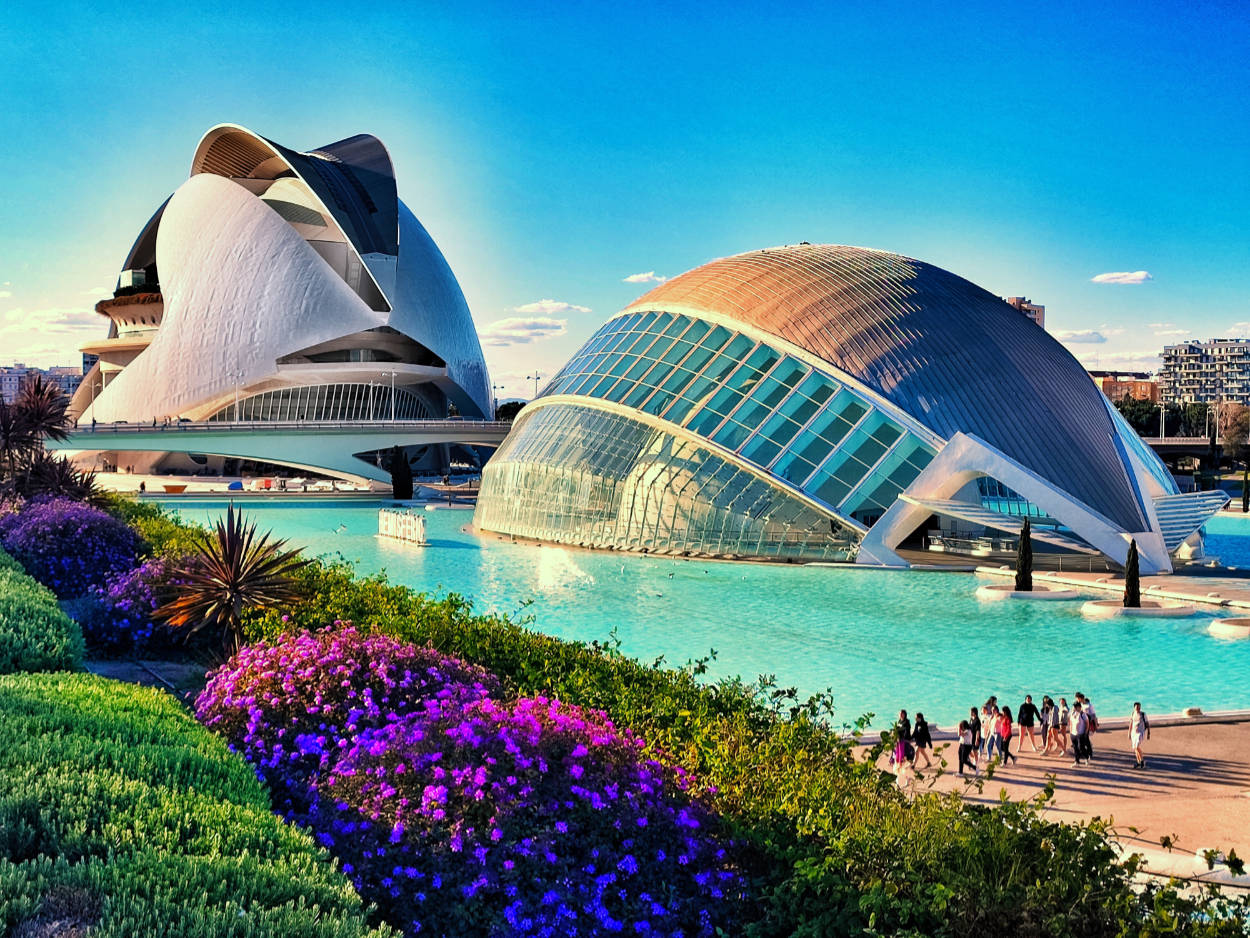
The Winning Formula: Sun, Safety, and Savings
The Live and Invest Overseas ranking considered several key metrics essential to retirees, including safety, the cost of living, and the funds required for relocation. Valencia excelled across the board due to its unique combination of practical benefits and exceptional quality of life.
Mediterranean Climate and Lifestyle
Valencia is blessed with over 300 days of sunshine each year, providing a quintessential Mediterranean climate with mild winters and bright, sunny summers. This perfect weather contributes significantly to the city's quality of life, encouraging residents to walk, socialise, and enjoy outdoor life year-round.
Crucially, Valencia offers the best of both worlds: the peace of its residential districts alongside the vibrancy of a modern urban centre. The pace is generally gentler than in larger European capitals, yet the city never lacks for rich cultural events, social opportunities, or stunning historic architecture like the City of Arts and Sciences.
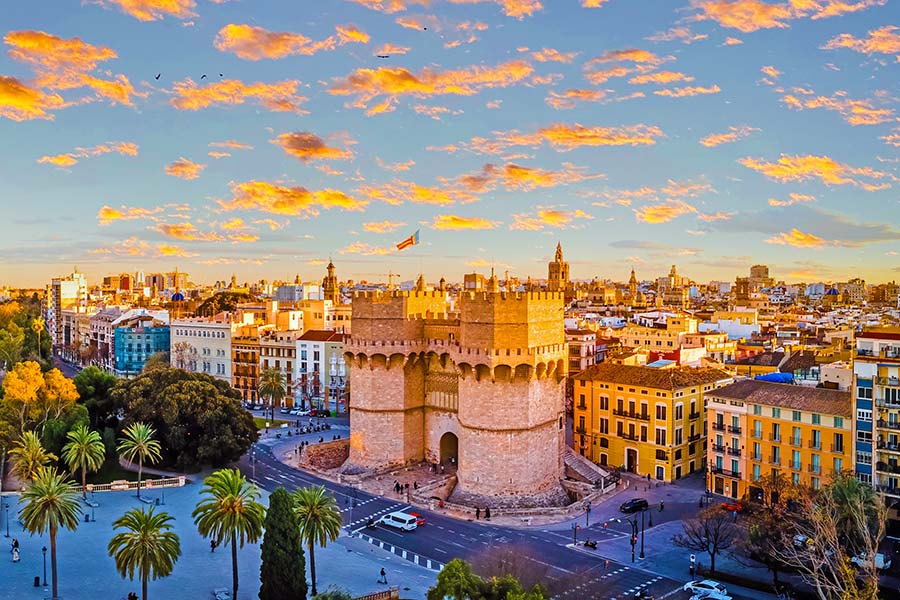
Economic and Healthcare Advantages
One of Valencia's most compelling draws is its low cost of living compared to other major hubs like Paris, Berlin, or Rome. While growing international interest has led to some increases, housing prices remain considerably more competitive.
For day-to-day expenses, the difference is striking:
-
Groceries: Fresh produce is readily available at local markets for reasonable prices.
-
Dining Out: Eating well is a part of everyday life, with affordable options for high-quality Mediterranean cuisine, including the city's iconic paella.
-
Transport: The public transport network is both efficient and inexpensive.
Furthermore, Spain’s public health system is internationally renowned. Valencia boasts an excellent network of major hospitals and private clinics, offering access to high-quality, affordable medical care. For added peace of mind, private health insurance in Spain is often much cheaper than in many other Western countries.
A Balanced View for Potential Residents
While the advantages far outweigh the drawbacks, prospective retirees should keep a few factors in mind for a smooth transition:
-
Property Prices: Neighbourhoods close to the coast have seen property prices rise, so finding affordable housing may require looking further inland or to different districts.
-
Summer Tourists: The annual summer influx of tourists can be bothersome if complete tranquillity is your primary goal.
-
Language and Bureaucracy: Learning Spanish is highly recommended for better integration into the community. Familiarising oneself with local bureaucracy and paperwork will also prevent unnecessary complications.
Ultimately, Valencia’s appeal as a retirement destination is simple: it delivers a beautiful, sunny, cultured, and safe environment where savings stretch further, allowing retirees to genuinely enjoy their golden years.
 1
Like
Published at 11:12 AM Comments (0)
1
Like
Published at 11:12 AM Comments (0)
The Shell - Camino de Santiago
Friday, October 3, 2025
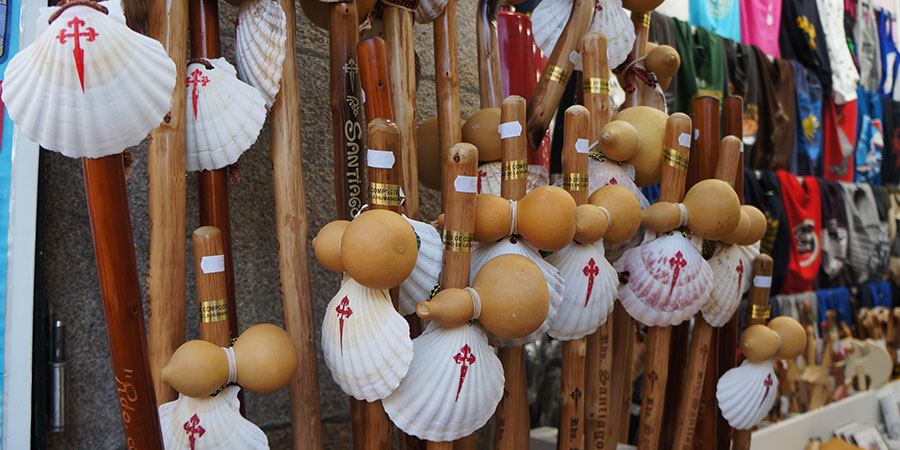
The scallop shell is one of the most iconic symbols of the Camino de Santiago and today it is used, along with the yellow arrow, to guide pilgrims heading to Santiago de Compostela along its many different routes. Painted on trees, sidewalks, tiles, etc… the scallop shell (or ‘vieira’ in Galician and Spanish) will help travellers find their way.
There are many stories, legends and myths trying to explain the ancient link between the scallop shell and the Saint James Way. It is no coincidence that in French the scallop is called Coquille Saint Jacques, while in German scallops are called ‘Jakobsmuscheln’ (James mussels).
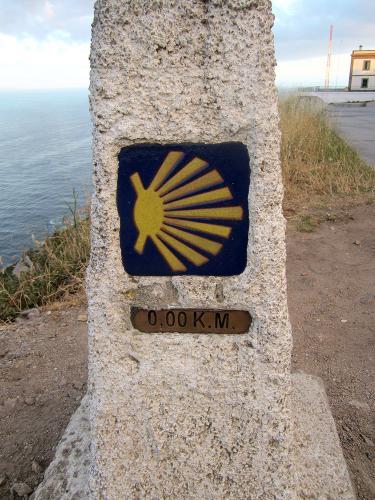 The scallop shell is said to be a metaphor, its lines representing the different routes pilgrims travel from all over the world, all walking trails leading to one point: the tomb of Saint James in Santiago de Compostela. However, it is open to interpretation. Which side points to Santiago? In some regions, the scallop’s longest line is considered the one pointing towards Santiago. This is the case in Asturias, for example, if you are walking the Camino Primitivo or the Camino del Norte, and some parts of the Camino Portugues. The scallop shell is said to be a metaphor, its lines representing the different routes pilgrims travel from all over the world, all walking trails leading to one point: the tomb of Saint James in Santiago de Compostela. However, it is open to interpretation. Which side points to Santiago? In some regions, the scallop’s longest line is considered the one pointing towards Santiago. This is the case in Asturias, for example, if you are walking the Camino Primitivo or the Camino del Norte, and some parts of the Camino Portugues.
But don’t let this fact confuse you, take the scallop shell as a symbol of the Camino, reassuring you are on the right path! The scallops are most of the time placed next to a yellow arrow so always follow the arrows (no confusion here!), as they are the most accurate ‘road signs’ to follow.
Medieval pilgrims often wore a scallop shell attached to their cloaks or hats during their journey to Santiago. More than being just a symbol or a pilgrim badge, the scallop shells also had a practical purpose: they were a handy and light replacement for a bowl so the pilgrims could use them to hold their food and drink on their long journey. Pilgrims would also be given food at churches and other establishments, and a scallop shell scoop was the measure for the food they would be donated.
Since the scallop is native to the coast of Galicia, the shell also became a memento, a physical proof of having completed the pilgrimage to Santiago (and quite often walked to or via Fisterra, on the Costa da Morte). The shells could be picked up at the very end of the journey in Fisterra but also became a popular souvenir and source of business for the shops near the Cathedral in Santiago and other establishments along the way.
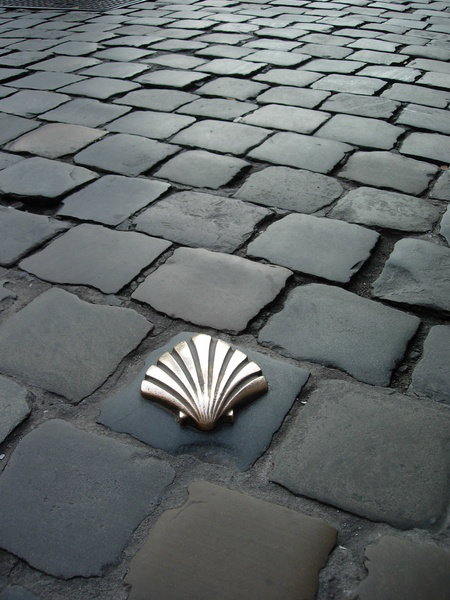 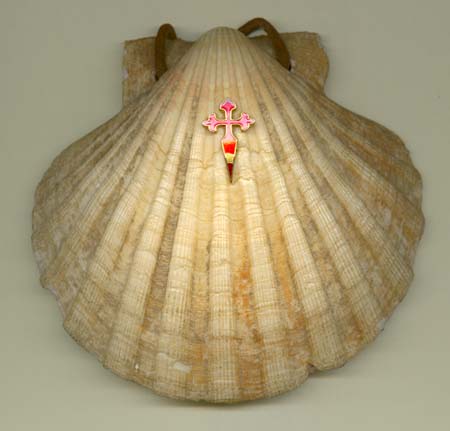
There are many legends trying to source this old association of Saint James with the scallop shell: one of those legends says the apostle once rescued a knight covered in scallop shells, while a similar version of the same story explains that a knight’s horse fell into the water and emerged covered in scallop shells, while the remains of Saint James were being taken from Jerusalem to Galicia.
There are also many stories about the scallop shell believed to have a much earlier origin, dating to pre-Christian times. It is understood the Camino de Santiago had also become a kind of fertility pilgrimage, taken by couples in need of help to have children. This could be related to the fact that the scallop shell might have been a pagan symbol of fertility, originally.
The shape of the scallop shell also resembles the setting sun, which would have been an important daily event, full of symbolism in pre-Christian societies. It is probably not just a mere coincidence that the Saint James Way is a journey to the West, finishing at the ‘end of the world’ (the name given to Fisterra – Finis Terrae) and the setting sun.
 1
Like
Published at 6:01 PM Comments (1)
1
Like
Published at 6:01 PM Comments (1)
Spam post or Abuse? Please let us know
|
|